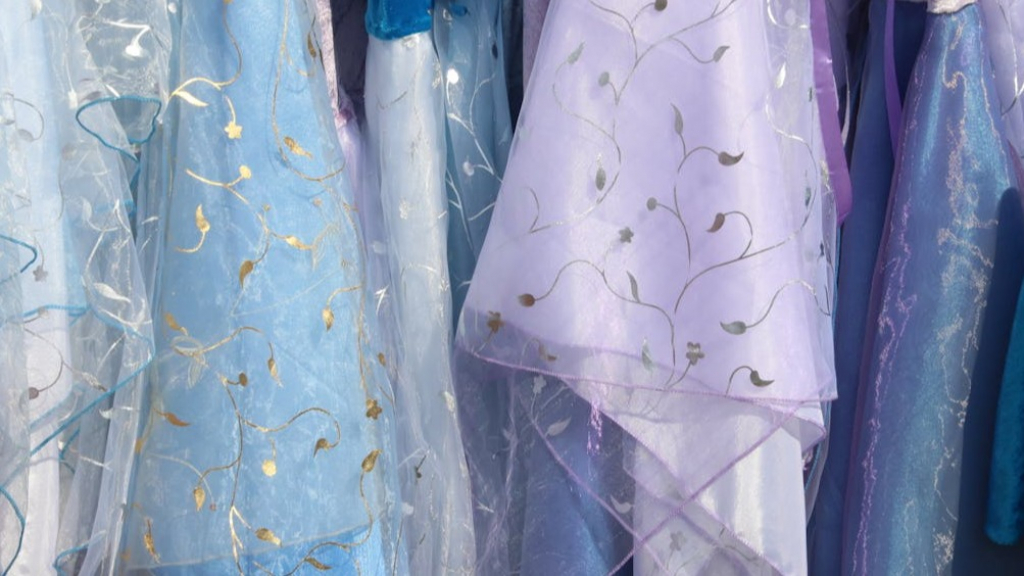The Mughal era was a golden age for trade and textiles, shaping India's fashion legacy and influencing global commerce. The Silk Route, a vast network of trade pathways, played a pivotal role in bringing luxurious fabrics and intricate weaving techniques to the Indian subcontinent. The emperors and empresses of the Mughal dynasty were ardent patrons of textile craftsmanship, elevating Indian fabrics to an art form that flourished under their rule.
The Influence of the Silk Route on Mughal Textiles
The Silk Route was more than a conduit for exotic goods; it was a melting pot of cultural exchange. Traders from Persia, China, and Central Asia introduced silk, brocade, and velvet, which soon became prized commodities in the Mughal courts. The fusion of Persian designs with Indian craftsmanship led to the creation of opulent textiles that reflected both grandeur and refinement.
Royal Patronage and the Evolution of Textiles
Mughal emperors such as Akbar, Jahangir, and Shah Jahan were connoisseurs of luxury fabrics. They commissioned master weavers to create exquisite pieces, incorporating fine zari work, intricate embroidery, and vibrant dyes. The famed Jamdani, Chanderi, and Banarasi weaves thrived under Mughal patronage, each weaving technique bearing a distinct royal touch.
The Art of Embroidery and Dyeing
One of the most significant contributions of the Mughal era to textile artistry was the advancement of embroidery and dyeing techniques. Zardozi embroidery, which used gold and silver threads, became synonymous with regal attire. Dyes extracted from natural sources, such as indigo, saffron, and madder, created striking color palettes that adorned everything from royal robes to decorative furnishings.
Textile Hubs of the Mughal Empire
Certain cities became renowned for their textile production during the Mughal period. Varanasi (Banaras) gained prominence for its fine silk weaving, while Agra and Lahore became centers for elaborate embroidery. The textile industry was not just limited to clothing but extended to luxurious tapestries, carpets, and canopies that adorned Mughal palaces.
Mughal Textiles in Contemporary Fashion
The legacy of Mughal textiles continues to inspire modern designers who incorporate traditional weaving techniques into contemporary fashion. The rich patterns and delicate embroideries seen in Mughal-era textiles are reflected in haute couture collections, wedding attire, and handcrafted garments sold in artisanal boutiques.
Experience Mughal Splendor with Trendz Exhibitions
At Trendz Exhibitions, we celebrate the timeless beauty of Mughal textiles by offering a curated selection of handcrafted fabrics and embroidered masterpieces. Our collection pays homage to the intricate craftsmanship of the Mughal era, bringing regal elegance into modern wardrobes. Whether you seek a resplendent Banarasi saree or a hand-embroidered ensemble, Trendz Exhibitions connects you to India's rich textile heritage.
Step into the world of silk, brocade, and royal weaves with Trendz Exhibitions, where history and luxury converge in every thread.
Image credits:Magda Ehlers.The images in the blog are for representational purpose only




Share this via
Or copy link